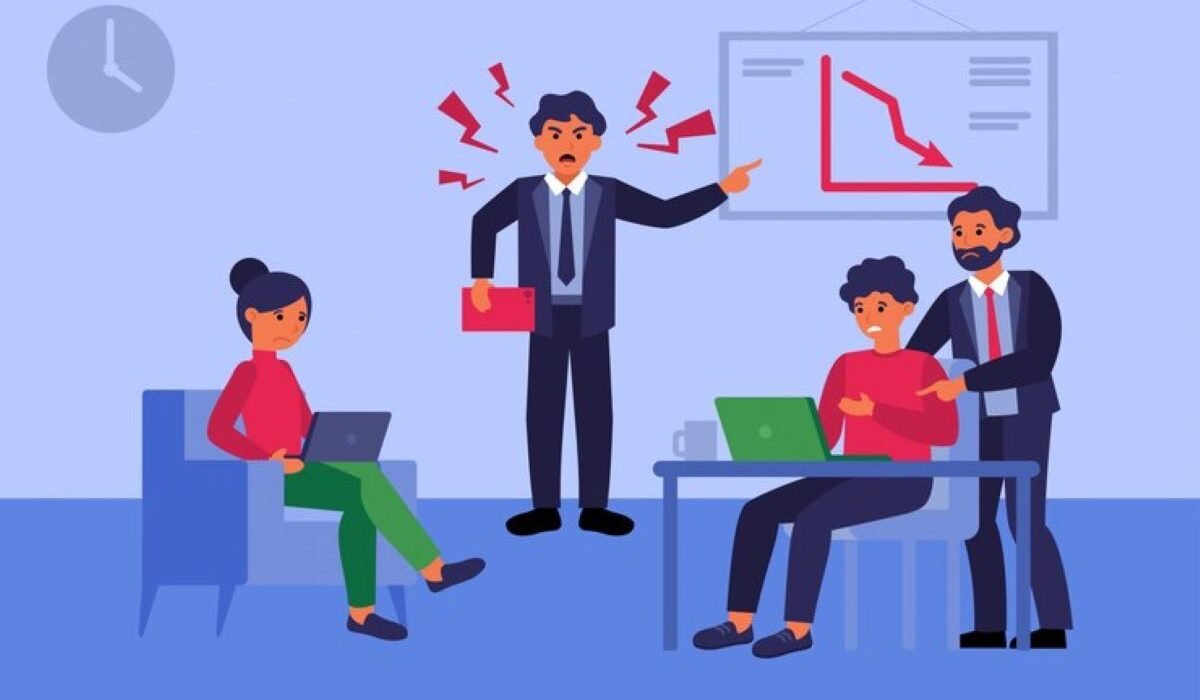In the dynamic landscape of factory operations, crises can emerge unexpectedly, requiring a swift and coordinated response. This blog post delves into the critical realm of crisis communication within a factory setting, emphasizing the importance of building a resilient team trained for effective communication during challenging times. Guided by the principles of Factory Security and General Administration, we explore the strategies for developing a crisis communication team that stands as the frontline guardian in times of adversity.
The Imperative of Crisis Communication in Factory Security
Understanding the Nexus: Security and Communication
The nexus between security and communication in a factory setting is undeniable. General Administration recognizes that effective communication is not just a supplementary element but an integral part of the security infrastructure. During crises, whether they be natural disasters, accidents, or security breaches, the ability to convey accurate information swiftly becomes paramount in mitigating the impact and ensuring the safety of personnel and assets.
Strategic Importance of Crisis Communication Teams
Crisis communication teams emerge as the strategic linchpin in the face of unforeseen challenges. General Administration understands that these teams play a pivotal role in coordinating responses, disseminating information, and maintaining a transparent line of communication during crises. Building a resilient crisis communication team is not merely a preparatory measure; it is an investment in the resilience and adaptive capabilities of the entire factory security framework.
Key Components of Building a Resilient Crisis Communication Team
Training for Crisis Scenarios: The Crucial First Step
The first step in building a resilient crisis communication team is comprehensive training. General Administration ensures that team members undergo training programs that simulate various crisis scenarios. These programs involve realistic simulations of emergencies, allowing the team to practice communication protocols, decision-making under pressure, and coordination with other emergency response teams within the factory.
Clear Role Definition and Hierarchy
General Administration establishes clear role definitions and hierarchies within the crisis communication team. Each member is assigned specific responsibilities, from information gathering to message dissemination and liaising with external authorities. A well-defined hierarchy ensures a streamlined decision-making process, preventing confusion and delays in the communication chain during crises.
Utilizing Technology for Effective Communication
Integrated Communication Platforms
In the digital age, General Administration leverages integrated communication platforms to streamline and enhance crisis communication. These platforms may include instant messaging, video conferencing, and centralized communication hubs. By integrating technology, the crisis communication team can maintain real-time coordination, share updates efficiently, and ensure that all relevant stakeholders are informed promptly.
Mass Notification Systems
Mass notification systems become a vital tool in reaching a large number of individuals swiftly. General Administration implements these systems to broadcast urgent messages across the factory, including alarms, text messages, and automated voice announcements. The integration of mass notification systems ensures that critical information reaches every corner of the factory, contributing to a rapid and coordinated response.
Establishing Communication Protocols for External Stakeholders
Collaboration with External Authorities
Recognizing the importance of external collaboration, General Administration establishes communication protocols with local authorities and emergency services. The crisis communication team is trained to interface seamlessly with external stakeholders, ensuring that information flows both ways. This collaboration enhances the factory’s ability to access external resources and coordinate responses effectively.
Transparent Communication with Workers and Families
Maintaining transparent communication with workers and their families is a priority during crises. General Administration develops communication protocols for providing regular updates, instructions, and reassurance to workers and their families. This transparency fosters trust and ensures that everyone is well-informed, minimizing uncertainty and anxiety during challenging times.
Regular Drills and Simulations: Testing the Team’s Resilience
Simulated Crisis Exercises
To fortify the crisis communication team’s resilience, General Administration conducts regular simulated crisis exercises. These exercises simulate a range of scenarios, from accidents to security incidents, allowing the team to practice their roles and communication protocols in a controlled environment. The insights gained from these drills contribute to continuous improvement and preparedness.
Post-Drill Evaluations and Feedback Loops
Following each simulated crisis exercise, General Administration conducts thorough evaluations and establishes feedback loops. Team members provide insights into the effectiveness of communication strategies, areas for improvement, and lessons learned. This iterative approach ensures that the crisis communication team evolves based on real-world simulations and feedback.
Emphasizing Empathy and Clarity in Communication
Human-Centric Approach to Messaging
In times of crisis, the human-centric approach to messaging becomes essential. General Administration emphasizes empathy and clarity in communication, ensuring that messages are not only informative but also considerate of the emotional impact on individuals. By fostering a human connection in communication, the crisis communication team can instill confidence and calm amidst uncertainty.
Media Relations Training
Recognizing the potential involvement of media during crises, General Administration provides media relations training to the crisis communication team. This training equips team members with the skills to interact with the media effectively, control the narrative, and convey accurate information while safeguarding the interests and reputation of the factory.
Continuous Learning and Adaptation: The Cornerstone of Resilience
Post-Crisis Debriefs and Analysis
General Administration conducts post-crisis debriefs and analyses, involving the crisis communication team in a comprehensive review of communication strategies and outcomes. This post-crisis reflection allows the team to identify strengths, address weaknesses, and incorporate lessons learned into future communication protocols.
Continuous Training and Skill Development
Understanding that the communication landscape evolves, General Administration invests in the continuous training and skill development of the crisis communication team. This includes staying updated on communication technologies, crisis management best practices, and emerging trends in effective communication during crises.
Conclusion: Empowering the Vanguard of Communication Resilience
In conclusion, building a resilient crisis communication team in a factory setting is not just a preparatory measure; it is an ongoing commitment to adaptability, efficiency, and human-centric communication. Guided by the principles of Factory Security and General Administration, the crisis communication team emerges as the vanguard in navigating the unforeseen. Through comprehensive training, technological integration, collaboration with external stakeholders, and a continuous learning mindset, the team stands ready to safeguard not only the factory’s physical assets but also the well-being and confidence of its workforce in times of crisis. The investment in a resilient crisis communication team becomes an investment in the enduring strength and adaptability of the entire factory security ecosystem.
















